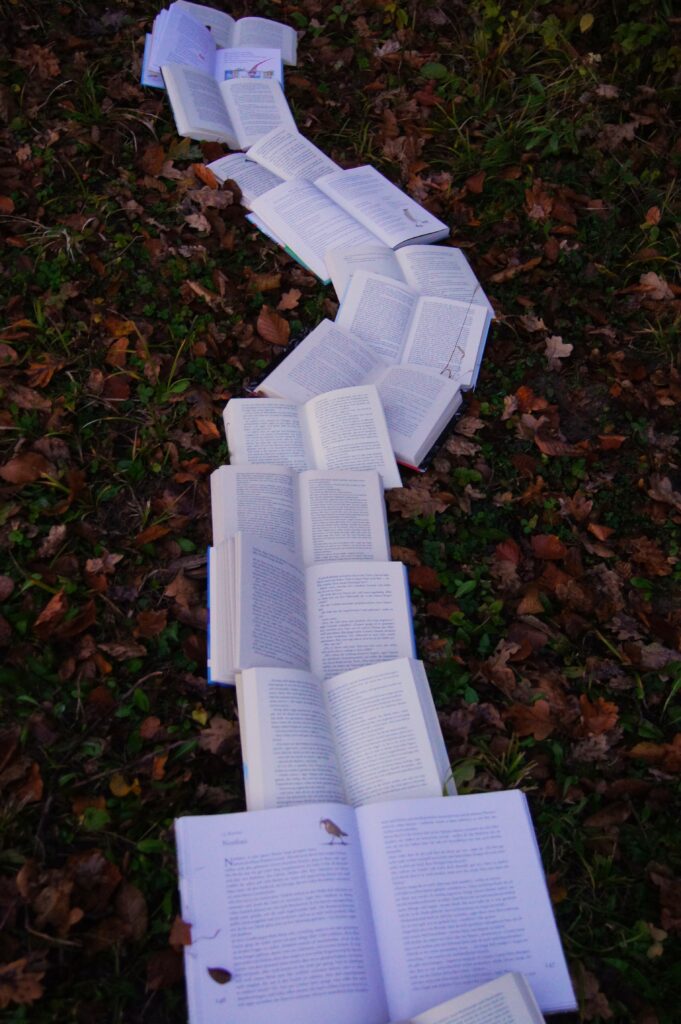What is Cli-Fi?
Cli-Fi, or Climate Fiction, deals with the effects of climate change on human society. It is often categorized as a subset of Science Fiction. Cli-Fi explores how humans will interact with the (often devastating) effects of climate change. Set in imagined worlds where consequences of global warming, pollution, water scarcity, rising seas, and more have altered both geography and society, Cli-Fi pushes readers to engage in thought about issues of sustainability and what our world could become if climate change is not addressed. Additionally, many Climate Fiction authors write books that both explore the ramifications of a changing environment and focus on how these changes will affect diverse populations. These fictional explorations of humanity’s response to Earth’s destruction are often dark and dangerous, but many are also filled with hope.
Although climate speculation has appeared in fiction since the late 1880s, the first books that are now considered Cli-Fi appeared in the 1960s. The Drowned World and The Burned World by J.G Ballard explore a world decimated by melted ice-caps and a man-made drought respectively. Dune by Frank Herbert is also sometimes considered a Cli-Fi novel. The trend of climate-related works continued through the 1990s, with Octavia E. Butler’s Parable of the Sower. Margaret Atwood’s The MaddAddam Trilogy was also an influential set of Cli-Fi works from the early 2000s.
The term “Cli-Fi” was created by literary theorist Dan Bloom in 2011. This term gained popularity throughout the 2010s and is now widely recognized. Climate Fiction is a growing genre that helps humanity envision what our Earth may become if we do not take action to prevent climate change. If you are interested in Climate Fiction, I highly recommend one of the books below.
5 Books to Begin Your Cli-Fi Journey
(Please note that many of these books contain violence, child abuse, sexual abuse, and more. They may be upsetting or triggering to some.)
1. Blackfish City by Sam J. Miller
Set in the near future, inhabitants of Quaanaaq—a floating city—are lucky to have escaped the devastation wrought on Earth’s continents. However, now they must contend with a multitude of social, economic, and physical issues. The most notable of these issues is sexually transmitted disease known as “the breaks.” Into this maelstrom arrives a mysterious woman riding an orca, and accompanied by a polar bear. Told through the perspectives of the four main characters, this book addresses class disparity, forced migration due to climate change, political corruption, gender identity and more.
2. War Girls by Tochi Onyebuchi
The first book in a series from Tochi Onyebuchi, War Girls follows the story of two sisters Onyii and Ify. Set in 2172 CE Nigeria, climate change and nuclear war have irrevocably altered Earth’s landscape. The wealthy have gone to live in space colonies while those left behind try and survive. Onyii and Ify’s lives are set against a backdrop of civil unrest that they must attempt to navigate. This book deals with the legacy of colonization, family bonds, and the horrors of war. As this book draws deeply from the events of the Nigerian Civil War in the 1960s, I would highly recommend doing some background research (or reading the author’s note which appears at the end of the book) to fully appreciate it.
3. Gold Fame Citrus by Claire Vaye Watkins
Set in a water depleted California, a couple named Luz and Ray are squatting in an abandoned mansion. Although many have fled in an attempt to reach more water-rich regions, Luz and Ray seem content to remain in California until they kidnap a small child. This event spurs them into motion and they begin a journey through the desert headed toward the water rich East. Beautifully written, this book imagines a near future where large amounts of the United States become uninhabitable due to water scarcity and climate change.
4. The High House by Jessie Greengrass
This novel is set in a future where climate change has caused seas to rise and catastrophic weather events destroy cities. The main characters inhabit a house built on high ground that has not yet been covered by water. Francesca, a climate scientist, has carefully stockpiled the house with survival goods. She has also hired a caretaker, Grandy, to care for the house. Exploring family ties and survival in an irrevocably altered world, the High House follows this small group as they create a home in the middle of an ecological disaster.

5. Trail of Lightning by Rebecca Roanhorse
Although most of the world has been covered in water, Dinétah (formerly the Navajo reservation) has survived. There, all the heroes, legends, and monsters have come to earth and roam freely. Enter Maggie Hoskie, a young woman who is gifted with skills from her clans and uses them to hunt monsters. When she encounters a particularly gruesome monster who has stolen a young girl, she must enlist help from a diverse cast of characters to defeat it. The first book of a series, “Trail of Lightning” weaves together climate disaster, Navajo storytelling, and YA fiction to create an immersive and entertaining world.
Also by Willow: My 10 Favorite Sustainable Swimwear Brands For Summer 2023
Get more like this—Sign up for our daily inspirational newsletter for exclusive content!
__
Photo: Laura Kapfer via Unsplash




